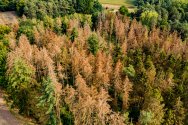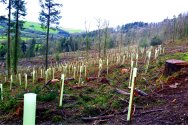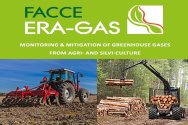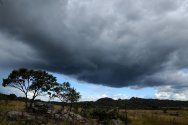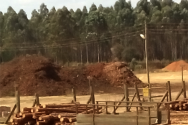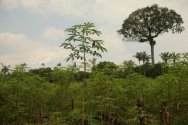
Dossier
Climate and forests
There are more than 3 trillion trees on earth, that means there are about 422 trees per person. However, the total number of trees has almost been halved since the start of human civilization. Ecosystems with a long lifespan, like forests, are more vulnerable to the relatively quick changes of climate change.
Forests have numerous important functions (so-called ecosystem services): via photosynthesis they produce oxygen and biomass, retain fresh water, serve as home for lots of animal species and humans, influence weather patterns and fix carbon dioxide. By managing forests in a sustainable way these functions can be fulfilled by forests in the future as well and can help to prevent and deal with climate change.
European forests are growing old, which means they will convert less carbon from the atmosphere into biomass. Nevertheless, European forests still sequester about 362 million tonnes of CO2 annually.
Read also
- 'How farmers can store CO2', Wageningen World 2019-1
- Nature-based climate mitigation
REDD+
REDD+ is a proposed mechanism to slow down climate change offering developing countries incentives to manage their forests sustainably. It is estimated that deforestation causes 20% of the anthropogenic greenhouse gas emissions. Most of the forests stand in developing countries, who have less resources to manage the forests sustainably. When a developing country manages a forest sustainably it essentially prevents emissions. If REDD+ is implemented those emissions can be accounted for as emission rights, which can be bought by developed countries to meet their emission targets. REDD+ gives developing countries a financial incentive to protect their forests: the UN estimates that emission rights within REDD+ could account for 30 billion USD.

